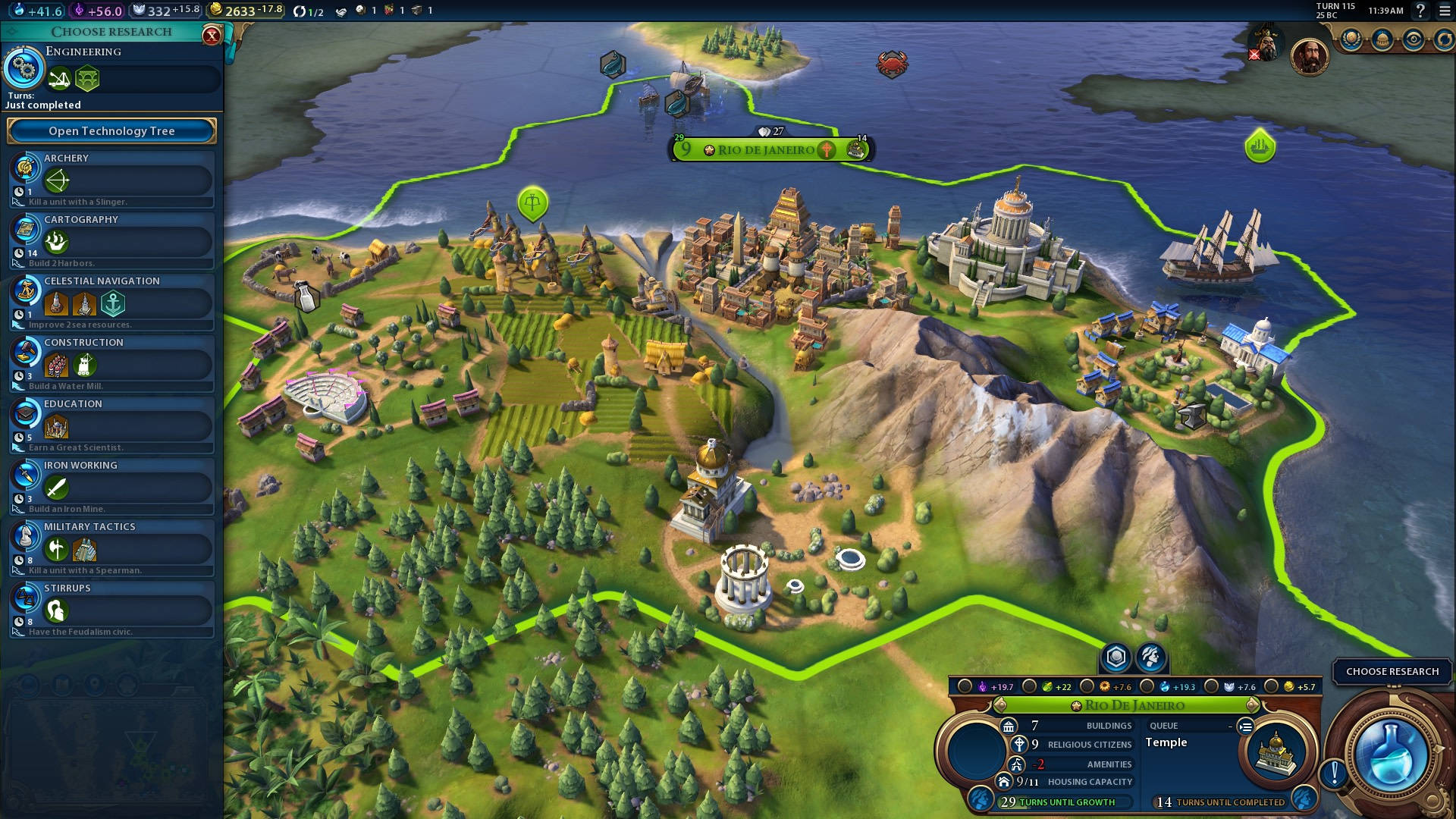





chsh does not modify /bin/sh
Maybe you’re thinking of a certain video from a certain YouTuber who linked /bin/sh to fish?


That’s… all stow does, there’s nothing more to it. If you need some other feature don’t waste your time trying to make it work with stow, It’s just a meme in my opinion.
About the “package manager” functionality, stow was originally supposed to be a development tool for the Perl programming language, you download a bunch of libraries into a directory, then use stow to merge those files into the root of your project (like a caveman), as it turned out some people started using it to manage dotfiles, and here we are.
When I started trying to organize my dotfiles, I started with stow, but quickly found it very limited.
After that I found dotdrop, which is considerably more involved, but gives you total control. My config with dotdrop quickly started growing insanely huge, at some point I even had system-wide systemd services declared.
Then I found out I was basically reinventing nixos and home-manager, so I switched to that.
Does this happen on wayland, X11 or both?




Hahaha, there’s a video where he says this. I guess most people here don’t know about it. I think Nick shared it on mastodon, but I’m not sure now.


For me the appeal is potentially being able to verify that my code at least compiles and has basic functionality on Darwin. No idea if this can be useful for anyone other than developers.


On gnome super+left click allows you to move windows, by default.
You can also enable super+right click to resize with gnome tweaks. In my opinion this should be the default.
Maybe you used bpytop, not btop? They look the same iirc.
.users {
id: int !primary-key;
name: text;
}
.users::insert {
id: 1;
name: "John doe";
}
@query (max: 10) {
.user {
display: table;
}
.users id {
display: none;
}
}
CREATE TABLE display (
id INT PRIMARY KEY,
display_property TEXT
);
INSERT INTO display (id, display_property)
VALUES
(1, 'block'),
(2, 'inline-block'),
(3, 'flex');
CREATE TABLE divs (
id INT PRIMARY KEY,
inner_html TEXT,
display INT REFERENCES display(id)
);
INSERT INTO divs (id, inner_html , display)
VALUES
(1, 'div1', 1),
(2, 'div2', 2),
(3, 'div3', 3);
~/go is created when compiling go programs, you can change it’s location with the GOPATH environment variable to something like GOPATH=$HOME/.local/go, and moving the directory there.
Never seen ~/perl5, could you provide the output of perl -V


POV, you are Lula in the next 3 weeks:



Maybe you don’t have a short attention span 🤣 The only reason I use Kakoune is because I completely lose my train of thought if I can’t get an edit done quick enough.


☝️ 🤓 If by master/slave you mean “A system in which the master node is responsible to do everything a slave does plus coordinate slaves”
and by client/server you mean “A system in which a server is responsible only for coordinating clients”.
I don’t think so, because the first window is not special, it just spawns a server if none is assigned.


Long-ish time Kakoune user here.
For those who have tried Kakoune, once you’ve included things like Treesitter and the clangd language server, which one feels faster, Kakoune or Neovim?
I never felt the need to install something like Treesitter because I feel selection-based editing is already powerful enough, if that gives you an idea of how much faster I am with Kakoune compared to Neovim. Maybe I just don’t know everything Treesitter can do 🤔
which apparently allows you to have one master Kakoune instance and multiple slave instances that would be in sync

It’s not a master/slave setup, it really is client/server, even the first instance of kakoune that you open will be a client that you can close without the other instances going down with it.
I’m not sure if Kakoune shares the clipboard with all of those instances?
Yup, all shared: registers, buffers, marks, hooks. (You can choose not to share stuff between clients)